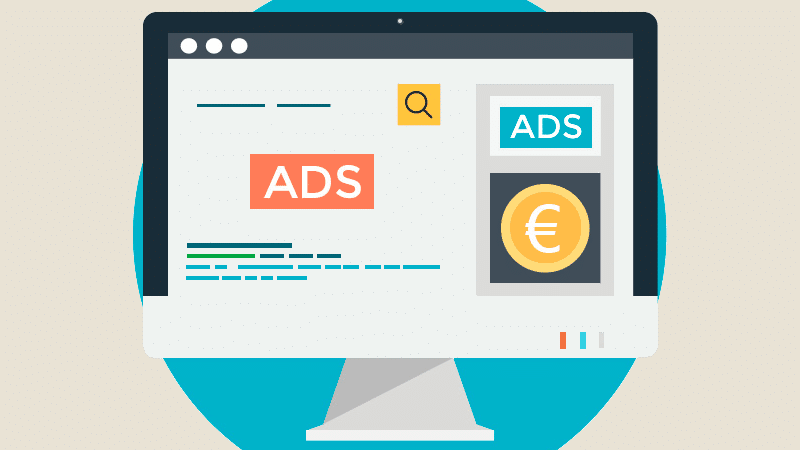Framer vs. Webflow – Why Framer Stands Out as a Web Design Tool

Introduction
When it comes to modern web design and development, two names often come up—Framer and Webflow. Both platforms offer no-code website building, animations, and CMS features, making them popular choices for designers and businesses.
However, Framer has gained an edge over Webflow in several key areas, particularly in terms of design freedom, performance, and ease of use. In this article, we’ll explore why Framer is a better choice for those looking for a powerful, flexible, and intuitive web design experience.
1. Framer Offers a More Intuitive Design Experience
One of Framer’s biggest advantages over Webflow is its design-first approach. While Webflow requires users to understand CSS properties and box models, Framer offers a more drag-and-drop, visually intuitive experience.
- Framer is more designer-friendly – With a clean interface and real-time previews, Framer allows designers to focus on creativity rather than technical complexities.
- No need to learn Webflow’s class system – Unlike Webflow, which uses global and combo classes, Framer lets users style elements freely, reducing the learning curve.
2. Smoother Animations and Interactions
Framer is built with advanced animation capabilities, making it a superior tool for creating engaging, interactive websites.
- Webflow animations require manual setup – While Webflow supports animations, they require configuring multiple settings and triggers.
- Framer makes animations seamless – With its built-in motion library, Framer provides a smooth, code-free way to add complex transitions, parallax effects, and micro-interactions.
For designers who prioritize UI/UX motion design, Framer is the clear winner.
3. Faster Performance and Lightweight Code
Webflow-generated websites tend to be heavier due to complex class structures and excessive divs, which can slow down performance. Framer, on the other hand, generates cleaner, optimized code, resulting in faster-loading websites.
- Framer sites perform better on Core Web Vitals – Google prioritizes fast, efficient websites, and Framer helps achieve that without unnecessary bloated code.
- Minimalist approach for better SEO – Less clutter means better page speed scores and improved SEO rankings.
4. Easier Publishing and Hosting
With Webflow, publishing a website often involves managing hosting, domains, and plan limitations. Framer simplifies this process with one-click publishing and built-in hosting.
- Framer provides flexible, high-speed hosting – No need to configure multiple settings or worry about performance.
- Webflow hosting plans can be restrictive – Some features are locked behind expensive plans, making it costlier to scale.
For users looking for a hassle-free website launch, Framer provides a simpler, all-in-one solution.
5. A More Affordable and Scalable Option
Framer offers a transparent, cost-effective pricing model compared to Webflow.
- Webflow’s pricing tiers can be complex – Some essential features, like CMS and custom domains, are only available in higher-tier plans.
- Framer’s pricing is straightforward – Users get premium design tools without paying for unnecessary add-ons.
This makes Framer a better option for freelancers, startups, and businesses that want high-quality design without breaking the bank.
Conclusion
While both Framer and Webflow are powerful no-code web design platforms, Framer stands out due to its intuitive UI, superior animations, faster performance, easier publishing, and cost-effective pricing.
For designers who prioritize creativity, speed, and seamless interaction, Framer is the better choice. Whether you're building landing pages, portfolios, or full-scale websites, Framer provides a faster, more efficient, and visually stunning design experience.




